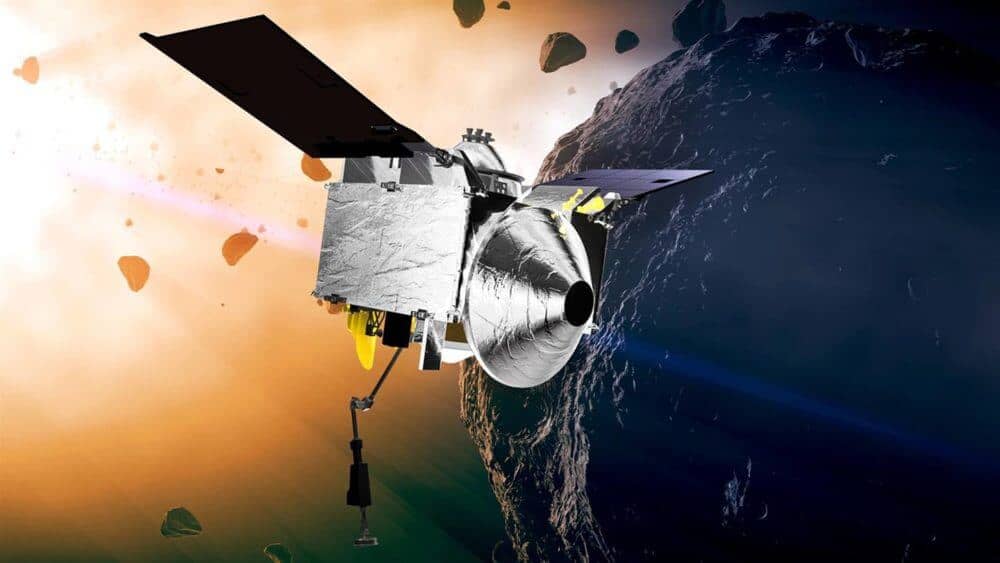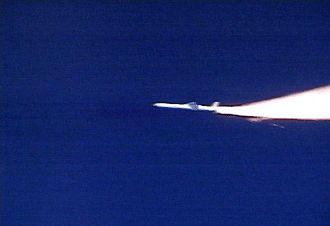

A test of the NASA Evolutionary Xenon Thruster-Commercial, NEXT-C / Credit: NASA/Rami Daud, Alcyon Technical Services 2020 This electric propulsion system is to undergo its first in-space test in the DART mission. November 15 – NASA confirms a test of its Evolutionary Xenon Thruster – Commercial (NEXT-C) in a vacuum chamber. A launch schedule of June 2021 for the Falcon 9 rocket to send DART to space is set. 2019Īpril 12 – SpaceX is chosen as the launch-service provider for the DART mission for a cost of around US$69 million. June 23 – NASA approves the Double Asteroid Redirection Test (DART) as a world-first mission to test kinetic impact as a means of asteroid deflection for planetary defence. July 13 – The International Astronomical Union (IAU) approves Montani’s proposed name for 65803, ‘Didymos’, the Greek word for ‘twin’, due to the asteroid’s binary nature.


Fourteen sequential Arecibo radar images of the near-Earth asteroid (65803) Didymos and its moonlet, taken on 23, 24 and 26 November 2003. November – Astronomers at the Ondrejov Observatory, Czechia, discover 65803 is a binary asteroid system due to the presence of a natural satellite, about 160 metres in diameter, in orbit around the larger asteroid. Here’s a timeline of NASA’s mission to destroy a spaceship on purpose.Īpril 11 – Joseph Montani, an astronomer at the University of Arizona’s Spacewatch Survey at the Kitt Peak Observatory discovers a 780-metre asteroid orbiting between Earth and Mars. There is new technology and plenty of clever engineering at play on the DART mission too. Simply put: shorter orbit equals mission success. That will be enough to determine success when the DART mission team recalculates Dimorphos’ orbit after the collision. This is a game of millimetres – potentially just a single millimetre – but the smallest adjustment to Dimorphos’ trajectory could shorten its orbital time by around three minutes. To determine whether this is possible, the DART spacecraft will be crashed into Dimorphos. Launched into space by SpaceX’s Falcon Rocket in November, DART is a NASA project run out of John Hopkins University’s Applied Physics Laboratory (APL) to learn whether an asteroid can be moved off-course by a kinetic impact – where motion energy from one object is used to move another. Right now, the Double Asteroid Redirection Test (DART) spacecraft is closing in on its target: a 160-metre-wide mini asteroid called Dimorphos, zipping past Earth tethered in its orbit of its parent asteroid Didymos.


 0 kommentar(er)
0 kommentar(er)
